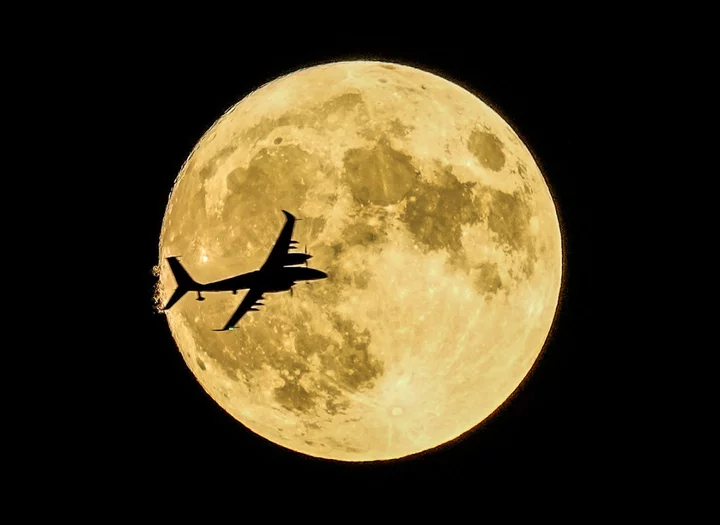The world is about to see the last Supermoon of the year.
When the full Moon rises on 28 September, it will be bigger and perhaps brighter than usual, because it is relatively close to the Earth.
Our nearest neighbour will be a mere 361,552km away. That compares with the average distance of 384,472km.
Its relative proximity means that the Moon will appear larger and more clearly in the sky than usual, and can provide an exciting opportunity for people to get a good look at our satellite.
Doing so is easier than with many other celestial phenomena: you can simply look up at the sky, and see whether you can spot the difference in the Moon’s size, though looking through telescopes or binoculars could provide a good look at its surface.
It is best seen at Moonrise, when it begins to rise over the horizon. The other objects in front of it will help provide a sense of scale and can make the Moon look larger than normal.
This month’s Moon is also known as the Harvest Moon, so named because it comes closest to the start of Autumn. As well as coming around harvest season, the bright reflections from the Moon can be a helpful way of working into the night.
There is no formal definition of a Supermoon, and some astronomers have suggested that they are overhyped. What’s more, not all Supermoons are equal, and the lack of definition means that the word can be used for moons that are only slightly closer than normal.
But they can bring significant increases in the amount of light that appears on Earth: Supermoons cast about 30 per cent more light than when the Moon is at its dimmest, according to the Natural History Museum.
The museum’s planetary science researcher Sara Russell also noted that the Moon is actually moving slowly away from Earth. That means that what we call a Supermoon today was actually just the normal Moon a billion years ago.
This year has been a busy one for fans of the Moon. Last month, for instance, also saw a supermoon – which also happened to collide with a Blue Moon, for the last time this decade.
Read MoreMPs ask if Elon Musk ‘personally intervened’ on Russell Brand’s status on X
Starship rocket launch window revealed by FAA
India’s solar mission completes key manoeuvre, slingshots towards Sun

